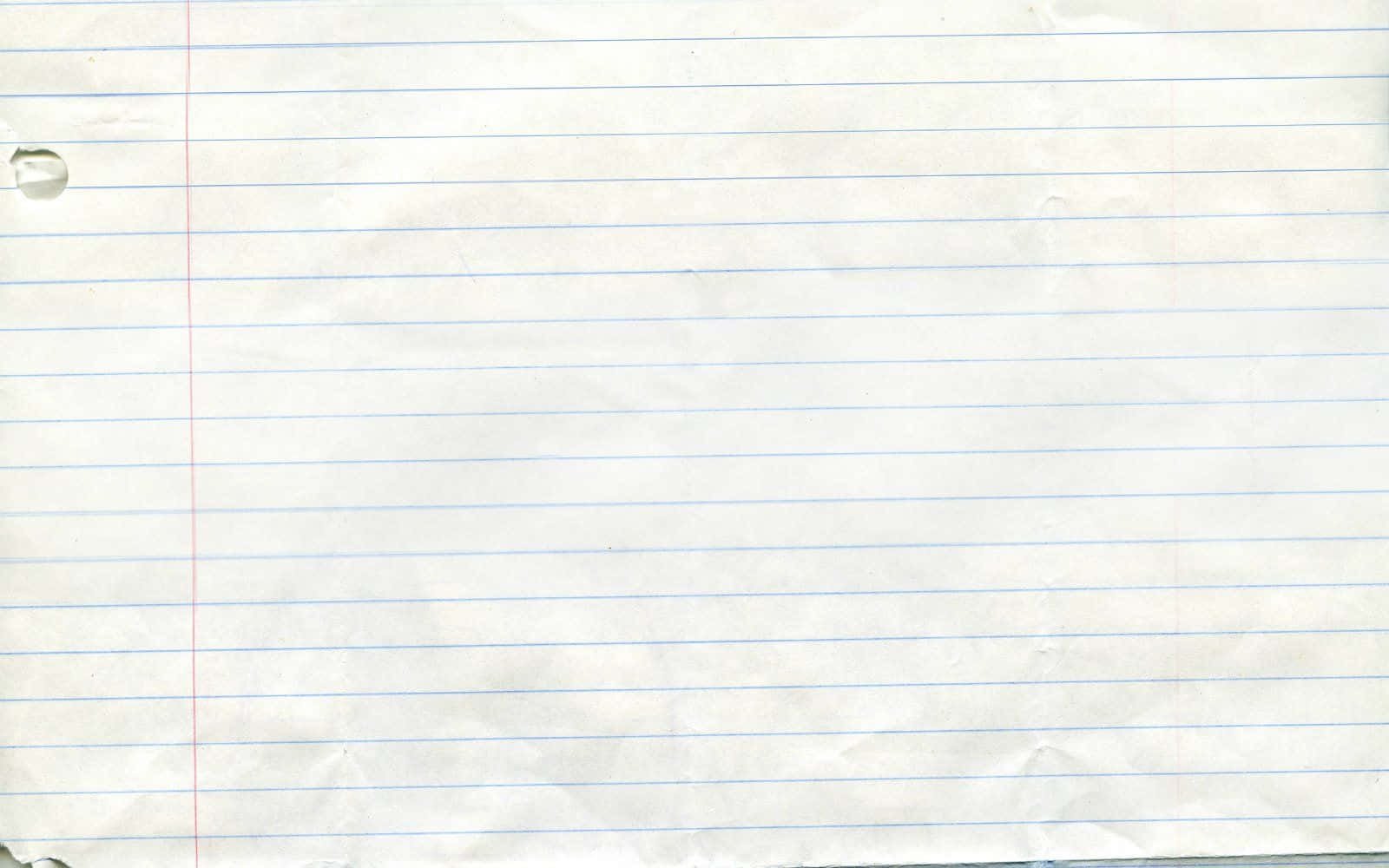
WORKSHOP
UX RESEARCH

Google's Design
Sprint
is a structured, time-constrained process aimed at solving complex problems and developing innovative solutions through collaboration, prototyping, and user testing. It was developed at Google Ventures (now known as GV) and has gained popularity as a powerful framework for teams to quickly ideate, prototype, and validate ideas.

THE CHALLENGE
In the project, our objective was to design a dynamic music streaming app tailored for party experiences, with a unique twist involving UX research methods. The challenge was to empower attendees who RSVP'd to contribute to the DJ mix by adding songs seamlessly. Leveraging UX research, we delved into user preferences, behaviors, and expectations to create an intuitive and engaging interface. Through user interviews, surveys, and usability testing. We gained insights that guided
the app's design. The result was an app that not only provided a captivating music experience but also integrated seamlessly with the DJ mix. Attendees could effortlessly add their favorite songs to the playlist, fostering a sense of inclusion and personalization in the party's musical ambiance. This project exemplified the power of user-centered design and the impact of UX research in shaping a product that aligned with user needs and preferences.

The key components of a typical five-day Design Sprint
DAY 1 -
UNDERSTAND
On the first day, the team defines the challenge and sets a long-term goal. They identify the target user and gain insights into the problem space.

DAY 2 - DIVERGE
On the second day, the team generates a variety of potential solutions through brainstorming and creative exercises. This encourages a broad range of ideas without judgment.

DAY 3 - DECIDE
On the third day, the team reviews the generated solutions, discusses their pros and cons, and then votes to select the most promising solution to prototype.
DAY 4 - PROTOTYPE
On the fourth day, the chosen solution is transformed into a realistic prototype. This prototype is often a low-fidelity representation that captures the core features of the.

PROTOTYPE
DAY 5 -
VALIDATE
On the fifth day, the prototype is tested with real users to gather feedback. This helps validate assumptions, identify potential pitfalls, and refine the concept further.













